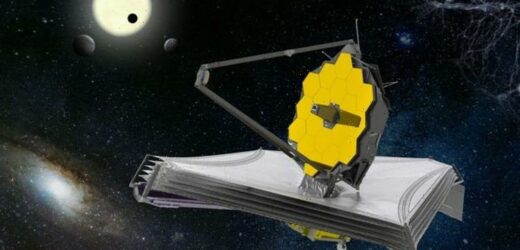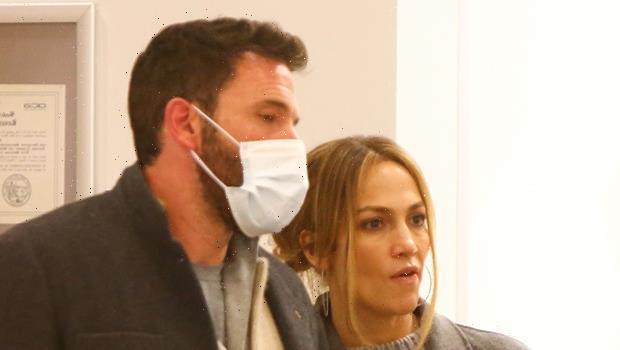Tiger King: The Doc Antle Story trailer released by Netflix
We use your sign-up to provide content in ways you’ve consented to and to improve our understanding of you. This may include adverts from us and 3rd parties based on our understanding. You can unsubscribe at any time. More info
The world’s biggest and most powerful space telescope will soon launch from French Guiana on a minimum 10-year mission to observe the farthest corners of the universe. The James Webb Space Telescope (JWST), which has been touted as the successor to NASA’s Hubble Space Telescope, is set to reveal the light from the earliest days of the universe, giving scientists a better understanding of how the cosmos took shape over 13.8 billion years. But there is a secondary aspect to the £7.5billion ($10billion) mission, one that will investigate distant exoplanets for potential signs of habitability.
According to Dr Megan Argo, an astrophysicist at the University of Central Lancashire and the vice president of the Royal Astronomical Society, this part of the mission is bound to spark a great deal of interest from the public.
To date, scientists have not found any evidence of alien life beyond our planet, although many are hopeful life existed on Mars just a few billion years ago.
But there is no reason to believe the Earth is unique and that given the right circumstances, life couldn’t have developed on some distant exoplanet millions of light-years away.
It is a good thing then the JWST is the right instrument to scan the most distant stars and planets for hints of life, even if only circumstantial.
Dr Argo told Express.co.uk: “Exoplanets is something that definitely gets the public interest and for very good reason.


“The idea that there might be an Earth-like planet out there that might potentially be habitable, and might even possibly life on it is really quite exciting.
“The question about are we alone in the universe is something that most people have thought about at one point or another, so one of the things that James Webb will allow us to do is to look at these exoplanets in quite some detail.”
The JWST will look for potential signs of habitability by scanning the atmospheres exoplanets for their individual chemical signatures – so-called biosignatures.
According to NASA, these are defined as variations in time and atmospheric gases that may be influenced by life on the surface.
For example, a space telescope can look at the light shining through an atmosphere to pick out emission or absorption lines that indicate specific gases associated with life.
NASA’s James Webb telescope being tested for space
These can include oxygen, which may be produced by photosynthesis, or methane, which can be produced by bacterial activity among others.
Dr Argo said: “What JWST will be able to do, is actually look at the chemical constituents of the atmospheres, which is something that is really, really difficult to do.
“It’s incredibly difficult to do from the ground because these planets are much fainter than the stars that they are orbiting.
“So if you’ve got a really bright star and a really faint planet, then the star kind of swamps the light you’re trying to see from the planet in the same way that during the day we can’t see the light from the stars.
“The stars are still there but we just don’t see them.”


NASA’s telescope will circumnavigate this problem by making its observations from the so-called Lagrange point 2 (L2).
The Lagrange point between two celestial bodies is the point where the gravitational effects or more or less balanced out.
In this particular case, the JWST will sit in an orbit about one million miles away from the planet.
This will allow the telescope to stay in line with Earth as both go racing around the Sun.
And to protect itself from the intense heat that will come from directly facing the Sun, the telescope will deploy a tennis court-sized heatshield that will experience temperatures up to 85C on the sun-lit side, and up to -233C on the shrouded side.
Dr Argo added: “One of the key science things that the James Webb is going to do is not just let us take images of these planets, but take spectra of these planets.
“What that actually does is split the infrared light into its individual constituent colours and there are certain colours within that spectrum where particular chemicals have signatures.
“So if you can split the light then you can look for those signatures and you can figure out what chemicals are in those atmospheres.”
And that could be key to determining whether life exists on a planet’s surface or not.
The James Webb Space Telescope is pencilled in to launch on December 22 from French Guiana aboard an Ariane 5 rocket.
Source: Read Full Article


